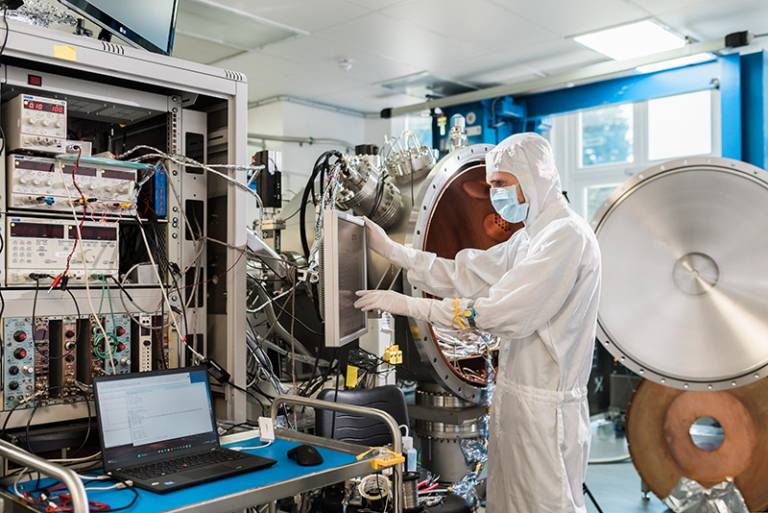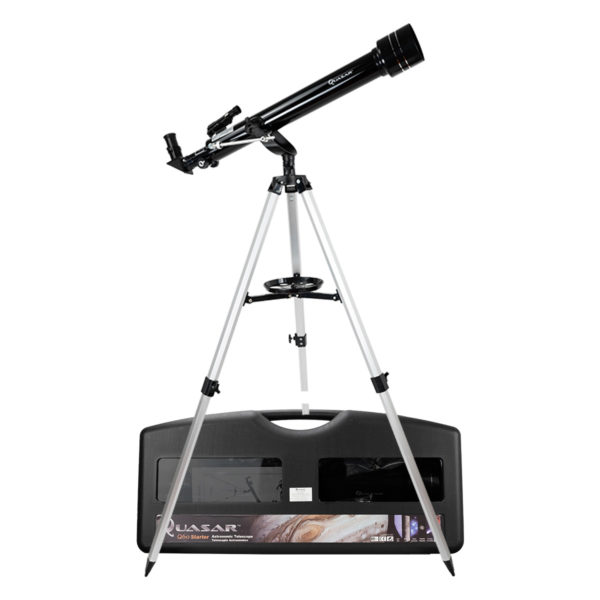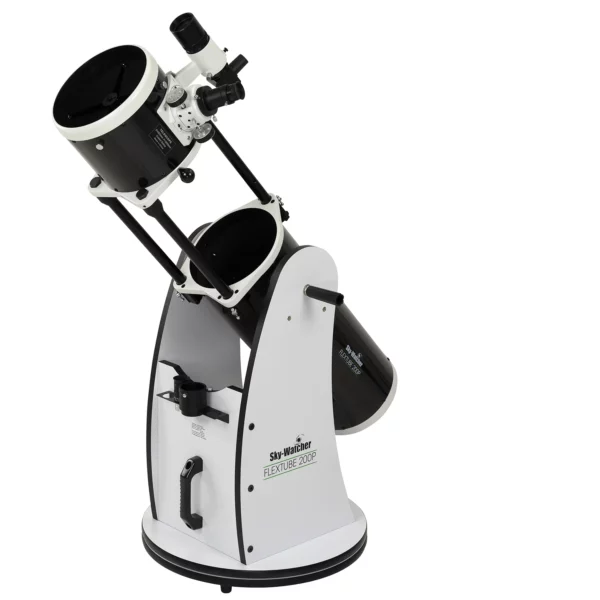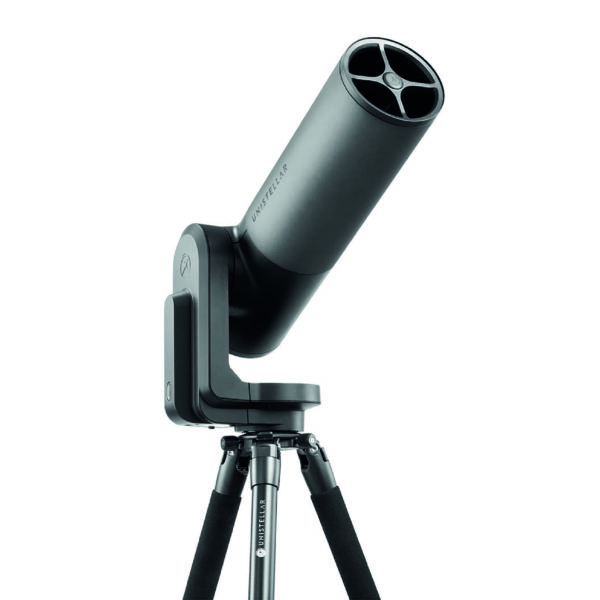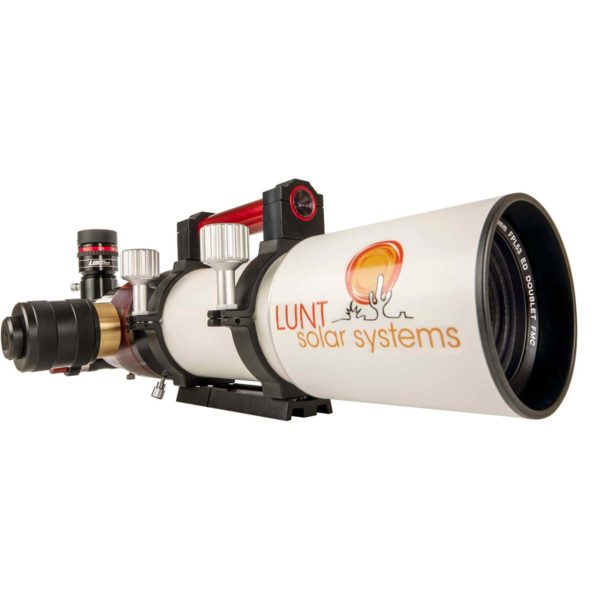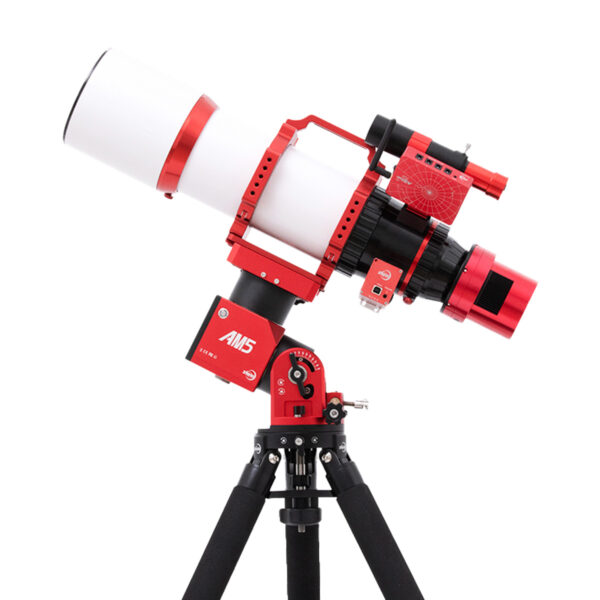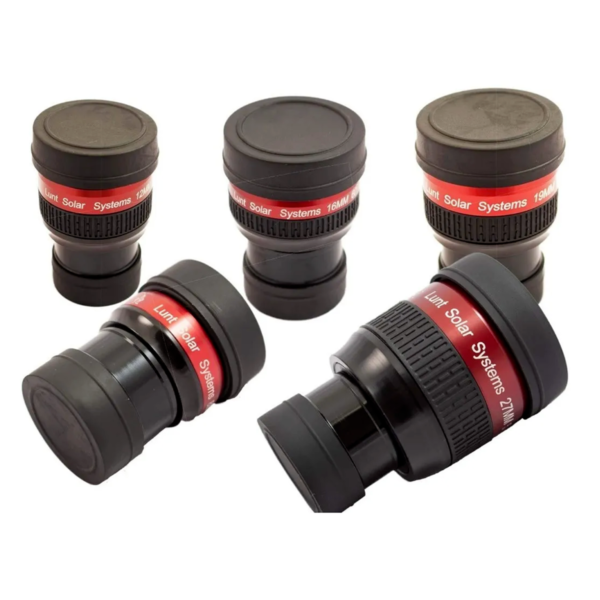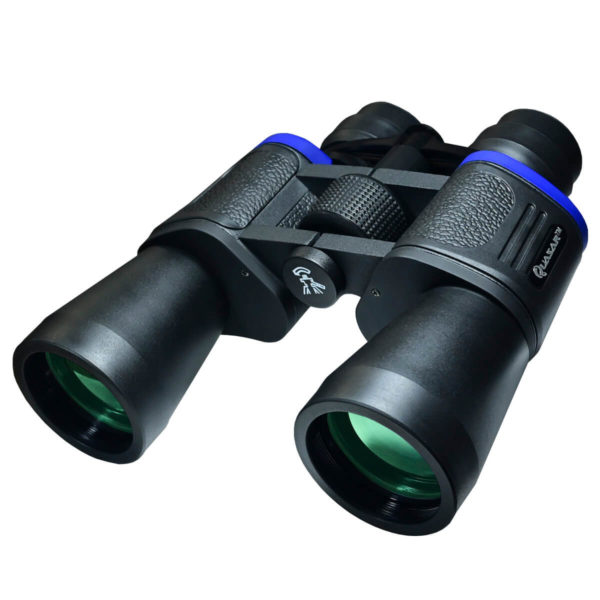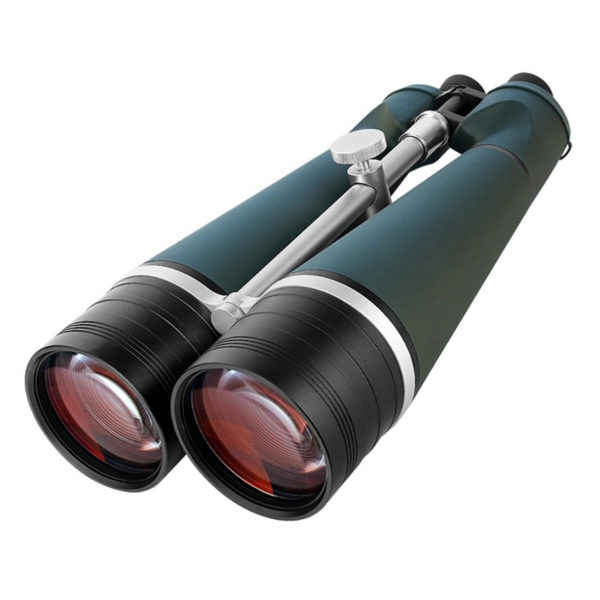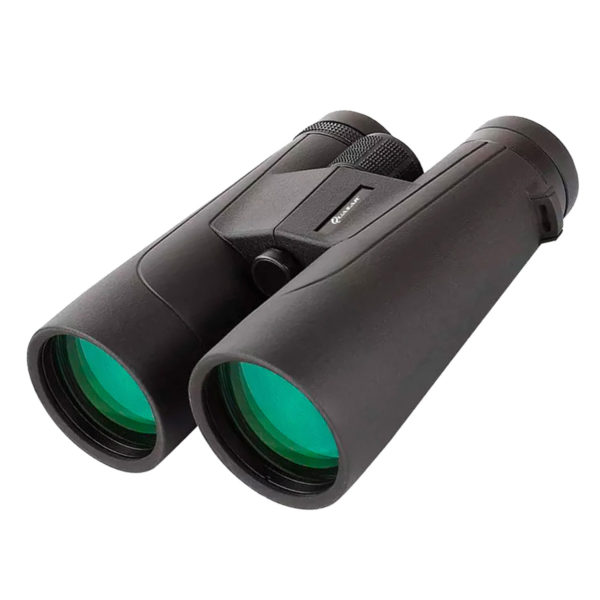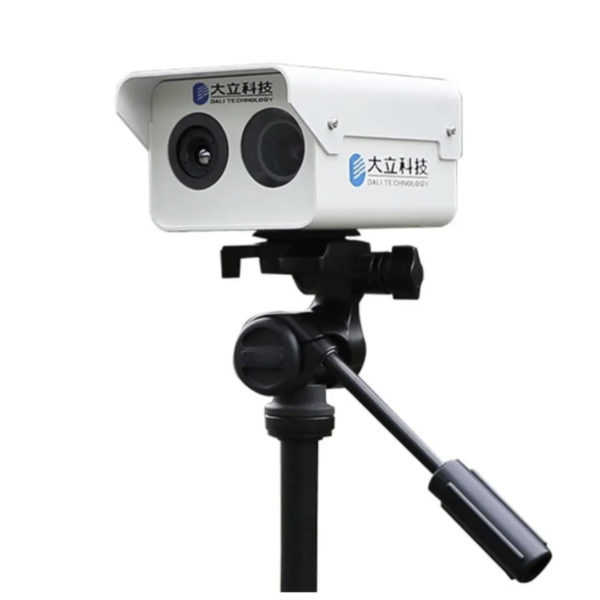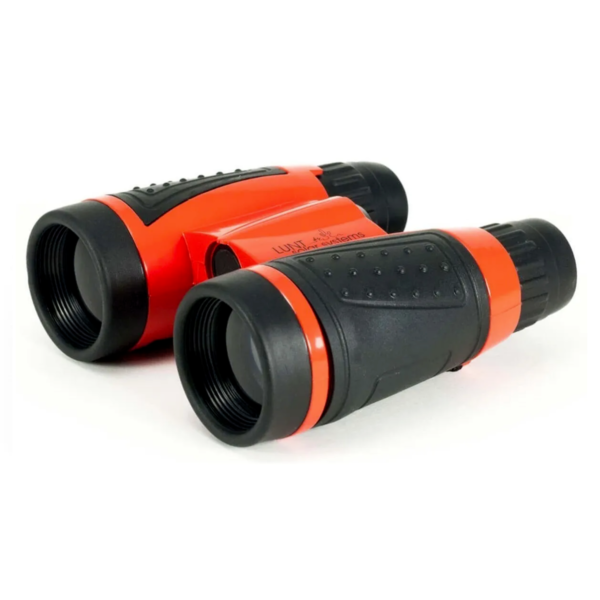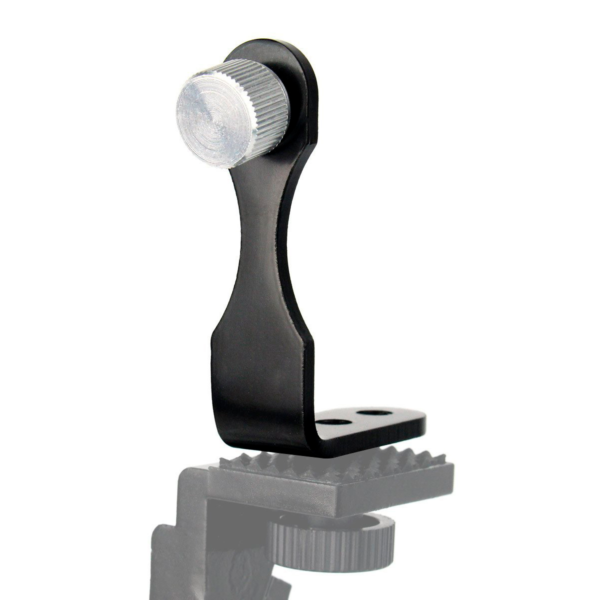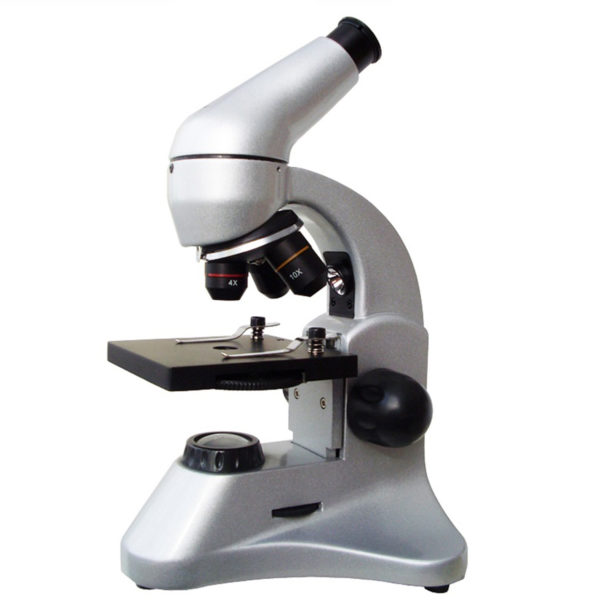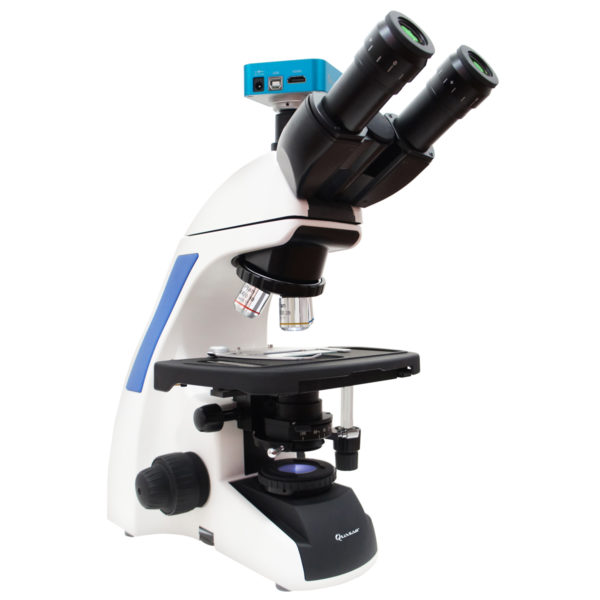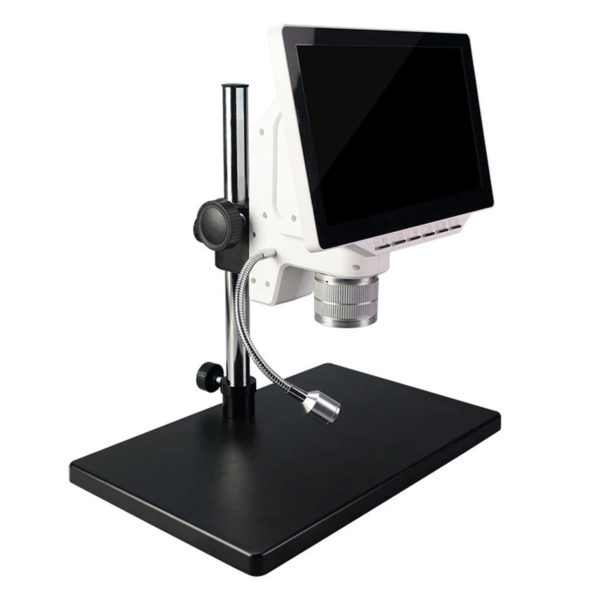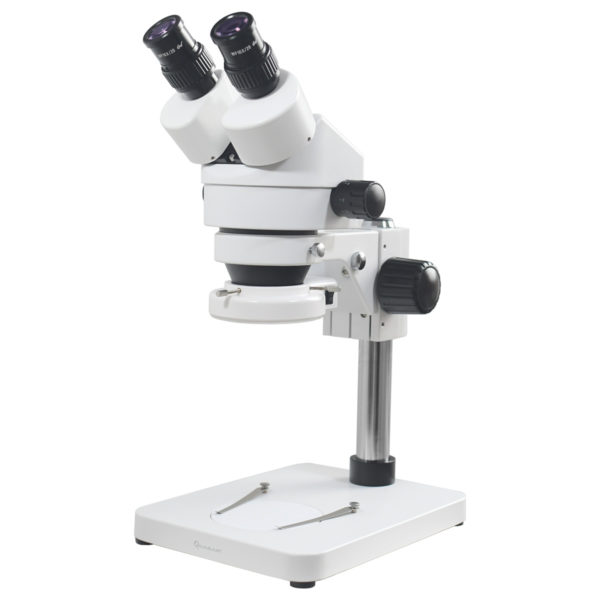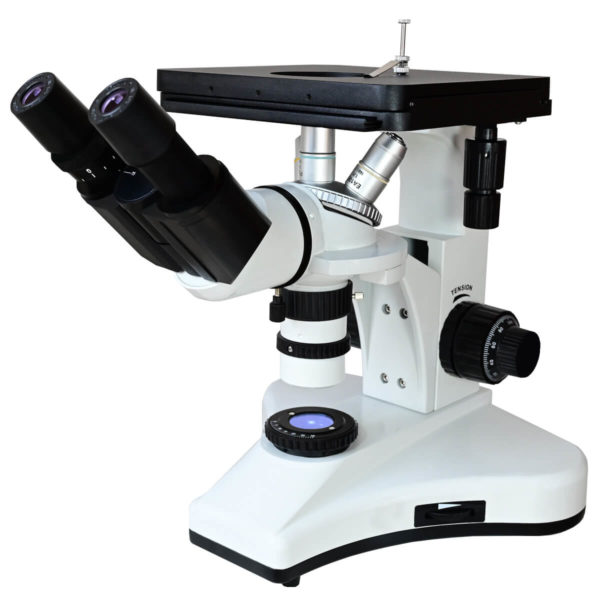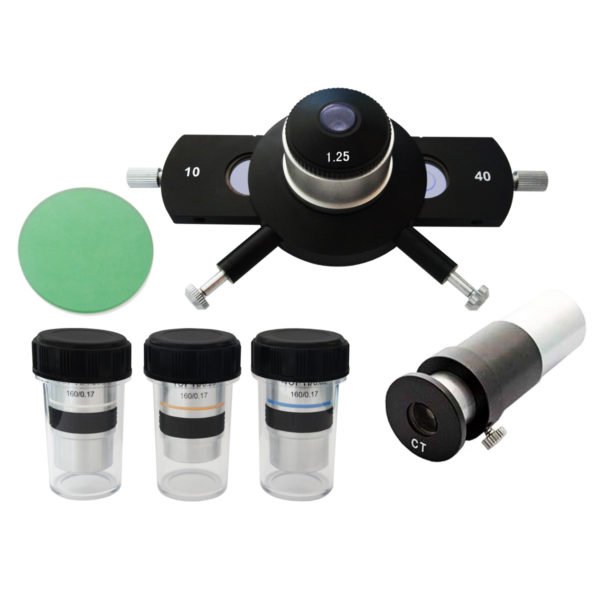The first images from the Euclid Telescope

ESA released today, Tuesday, November 7, 2023, photos of the Horsehead Nebula, and they are never-before-seen photographs that claim to have captured circumstantial evidence of the existence of dark matter.
After reaching one of the Lagrange points, Ecluid began transmitting its first images taken with cameras operating in visible and near-infrared light. This telescope aims to map one third of the sky, which is roughly 2 billion galaxies, to produce a three-dimensional map that will be the most accurate to date.
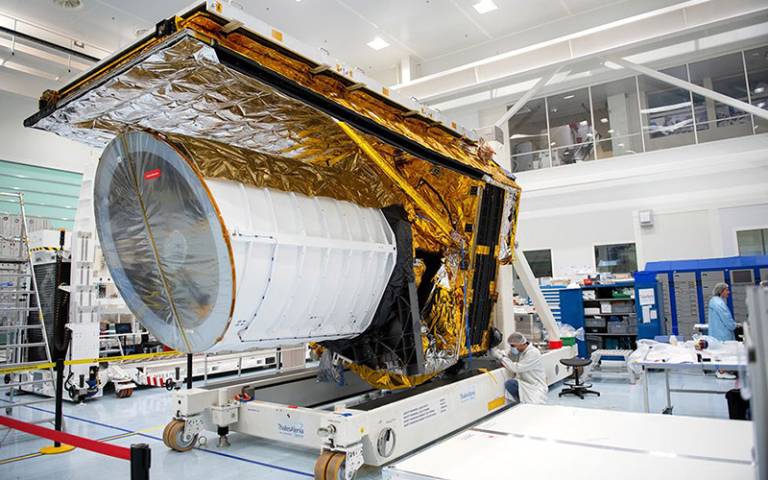
The strong point of this telescope is its very wide field of view, something that has never been seen before in astronomy. This field allows capturing such wide images more quickly, i.e. the images we see took only eight hours.
The images show a kaleidoscope or as a Jean Charles Cuillandre, astronomer of the Euclid consortium, put it, «range of galactic zoo objects in terms of diversity, colors and shapes».
According to ESA’s Josef Aschbacher, they are «awe-inspiring» and are a clear reminder of how necessary and essential it is to «go into space to learn more about the mysteries of the universe» or, in other words, with the Euclid observations they seek to push for more manned space travel.
Some of the most impressive images, according to the research group, turned out to be the Perseus cluster, a group of very distant galaxies, behind them were hidden another 100,000 galaxies, some of them with a distance of more than 10,000 million light years, these galaxies had never been captured by any telescope.
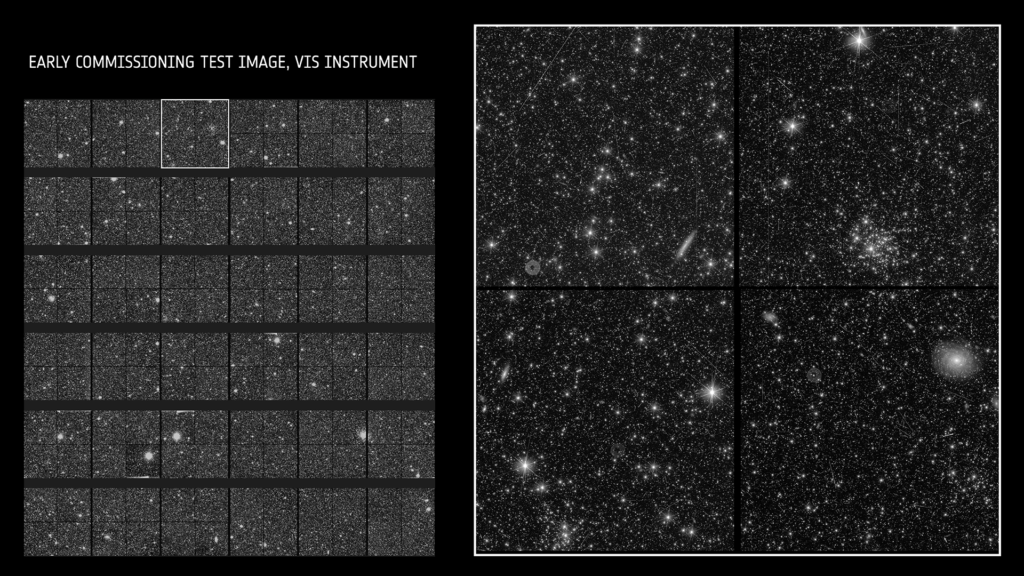
While Euclid maps one third of the observable sky, scientists want to investigate why it appears that 95% of our known universe seems to be made up of dark matter and dark energy.
As we have already explained many times in this blog, dark matter seems to keep galaxies together and makes them rotate faster than visible matter, because according to several theories it seems that dark matter is the cause of the expansion of the universe, or at least that’s what ESA’s scientific director, Carole Mundell, thinks.
Now the important thing here is that Rene Laurejis states that the first images from this space telescope already point to «circumstantial evidence for the existence of dark matter», he states that one of the examples is that the telescope did not capture stars around the globular cluster NGC 6397, composed of thousands of objects, he gave that «One of the theories is that there could be dark matter around it, which is what holds all the stars together».
What is a reality is that Euclid can help us understand how dark energy drove the expansion of the universe with the big bang 13.8 billion years ago, something that could only be proven when they finish the 3D map they are looking to make, a map that can go back as far as 10 billion years in time, they expect to finish it within 6 years.
Do you think they can prove the existence of dark energy and dark matter with the 3D map?
